The mountain forest in the early morning is still shrouded in mist. You hold your breath and aim at the white-tailed deer 50 yards away. The rangefinder shows the distance accurately and without error. However, when the arrow shoots out of the air, one can only watch helplessly as it flies past the deer's back - this is the nightmare that countless bow hunters have experienced. Data shows that in sloping terrain, relying solely on straight-line distance shooting, a 20-yard target may have a deviation of more than 10 inches due to angular errors.
Why is it that in archery and hunting, knowing "what the distance is" is far from enough? Today, we are going to uncover the hidden traps behind rangefinders and present practical solutions.

Ignoring The Angle Will Make Catastrophic Misjudgment
Shooting High/Low Means The Prey Is Lost In Pain
When hunting in the mountains, the straight-line distance shown by the rangefinder often becomes a fatal trap. Imagine you are standing on a steep slope and aiming your prey downward. The rangefinder shows 40 yards, but what actually needs to be considered is the horizontal distance - this might only be 34 yards. Because the parabolic trajectory of the bow and arrow will deviate significantly with the change of Angle, when the shooting Angle exceeds 30°, the error rate will suddenly rise to more than 15%.
Solution: Activate The Angle Compensation Mode
Essential functions of the equipment: Immediately check whether your rangefinder supports the "Bow Mode" or "ARC (Angle Range Compensation)" function, which is the lifeline of bow-hunting. After being turned on, the rangefinder will automatically calculate and display the adjusted horizontal distance.
Field verification training: Find a slope and conduct repeated tests to compare the differences in distance readings before and after enabling ARC. For instance, on a 30° slope, a target with a straight-line distance of 25 yards might only be 22 yards after compensation.
Precise choice equipment: We recommend rangefinders specifically designed for hunting and shooting, such as the Gogogo Sport Rangefinder 6X24. It has a built-in high-precision Angle algorithm and can instantly output reliable data even in complex terrains.

The Environment Deceives Your Hunting Rangefinder
Four major interfering factors can leave you at a loss at critical moments.
|
Interfering factors |
Influence scenario |
Examples of consequences |
|
Target reflectance |
Dark-haired prey vs. light-colored rock background |
The failure rate of distance measurement for deer bodies has increased by 40% |
|
Low light at dawn and dusk |
The golden hunting time at dawn or dusk |
The display screen is blurry and laser scattering causes incorrect readings |
|
Fog and rain |
A damp and foggy forest morning |
The reading fluctuates by more than ±5 yards |
|
Hand tremors |
The tense aiming when the heart beats faster |
Unable to lock onto the vital parts of the prey |

Guide to Environmental Countermeasures
l Reflectance cracking technique: When direct measurement of dark prey fails, instead measure the light-colored tree trunks or rocks beside it, and then estimate the actual distance.
l A powerful tool for low-light environments: Choose a Rangefinder equipped with a red light display screen and a high-transmittance lens, such as the Gogogo Sport Rangefinder 8X25. It has been measured that the visual clarity has improved by 60% in the dawn environment.
l Stabilize the shooting posture: By using the "bow body support method" (with the bow body resting on the ground as a fulcrum) in combination with the "one-knee kneeling breathing method", stability can be maintained even when the heart rate increases.
"Data Disconnection" between Equipment and Arrows
The trajectory calculation is inaccurate, and the landing points are completely off the mark
Many bow hunters do not know that the default trajectory calculation parameters of rangefinders (such as arrow speed and arrow weight) may be quite different from the actual equipment. If these data are not calibrated, even if the distance measurement is accurate, the arrow will deviate from the expected landing point.
Four-step calibration method to make the data work for you
1. Precise speed measurement: Use professional speed detectors to obtain the true arrow speed at different temperatures and record the data.
2. Parameter input: Enter personalized parameters such as arrow weight, arrow speed, and sight height in the rangefinder.
3. Live shooting verification: Test the targets at different distances in the shooting range and mark the deviation of the landing point.
4. Fine-tuning and optimization: Repeatedly adjust the parameters until the trajectory is completely matched with the rangefinder calculation.
Devices support multi-weapon file storage enable you to easily switch between different equipment Settings and bid farewell to "data chaos".

Rangefinder Bow Hunting Practical Skills
5-second winning movement line, avoid exposure
Spot the prey → Place the bow diagonally in front of the chest → Hold the rangefinder with one hand for rapid measurement → Speed descent equipment → Draw the bow and shoot.
Modify the rangefinder with a quick-release buckle to a chest-mounted type, reducing large movements and allowing you to be one step ahead in critical moments.
How to practice? Muscle memory training method
Set up a 3-second time-limited ranging and shooting challenge at the shooting range, and practice repeatedly until an instinctive reaction is formed. Trained hunters can reduce the total time from distance measurement to shooting to an astonishing 5 seconds.

Conclusion
The true value of a bow-hunting rangefinder does not lie in simply reporting distance figures, but in outputting a reliable set of killing schemes. Before the next hunt, please be sure to complete three things:
1. Check whether the Angle compensation function is enabled
2. Calibrate the parameters of the rocket mechanism to ensure the accuracy of the trajectory
3. Conduct simulated ranging training in low-light environments
Remember, behind every precise hit lies the ultimate control over details. Act now and make your rangefinder a true hunting weapon!
Want to know more about professional bow-hunting rangefinders? Click here to view the high-precision ranging equipment specially designed for bow hunters and help you bid farewell to hunting regrets!

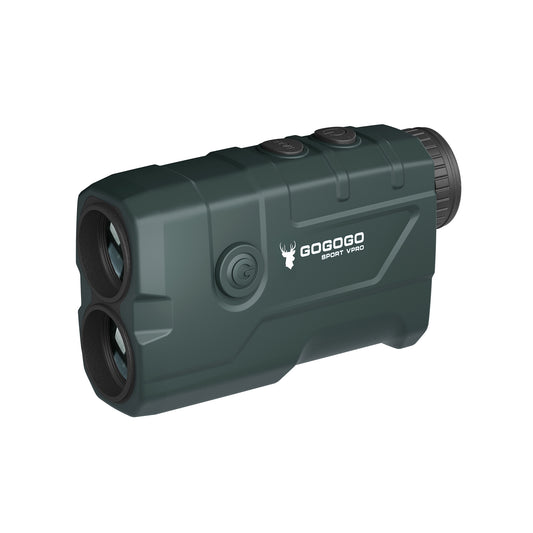
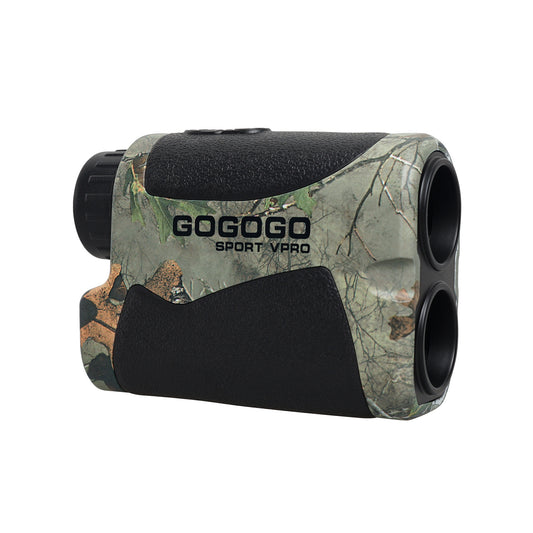
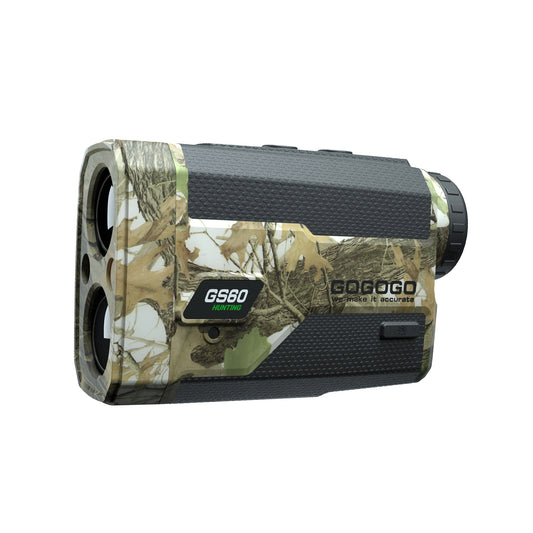
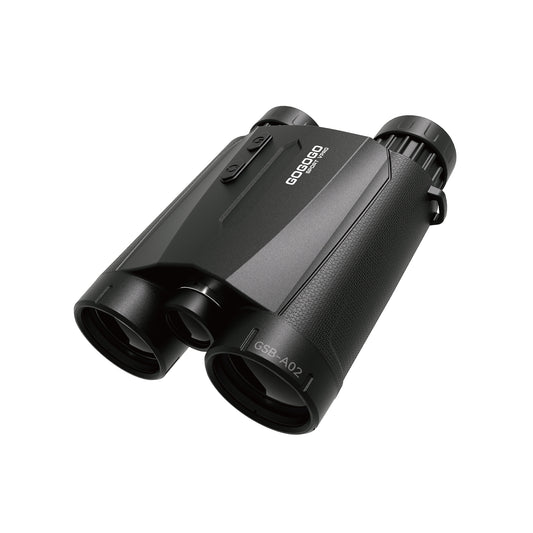
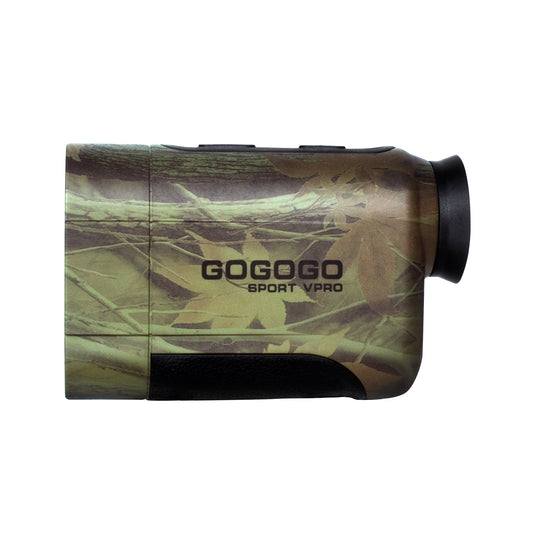
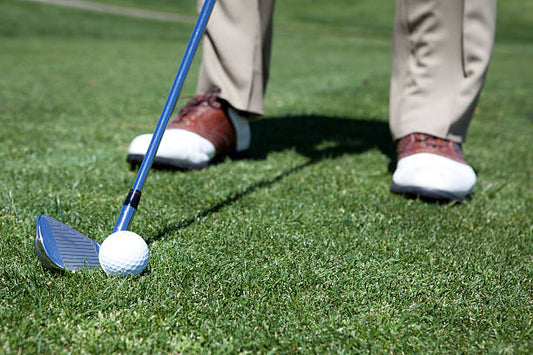
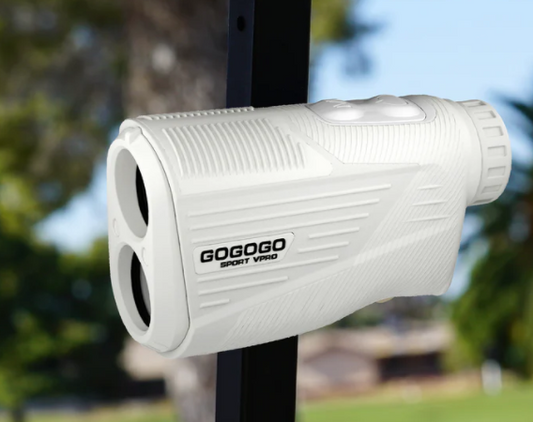

![[2025] The Ultimate Guide to Pinseeker Rangefinders for Golfers](http://gogogosport.com/cdn/shop/articles/gogogo_sport_vpro_pinseeker_rangefinder.png?v=1757993796&width=533)